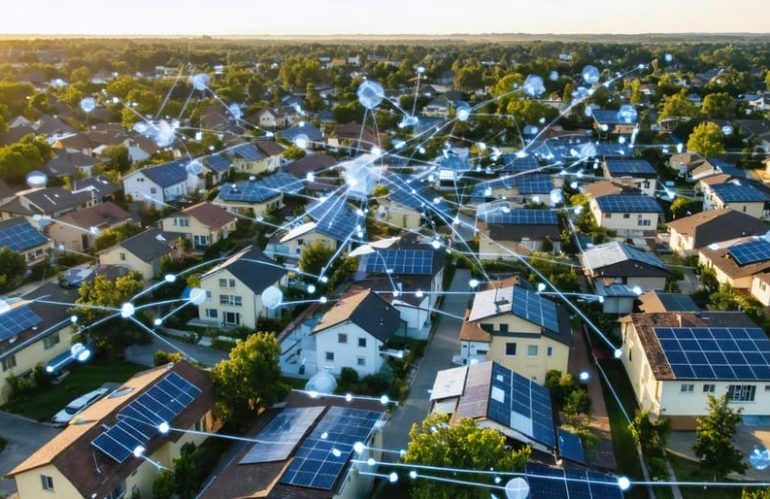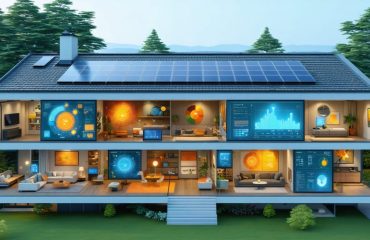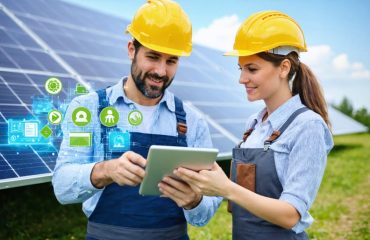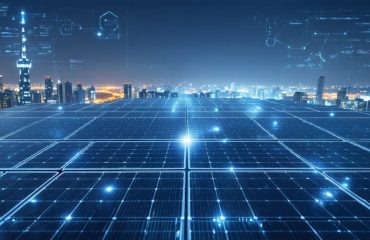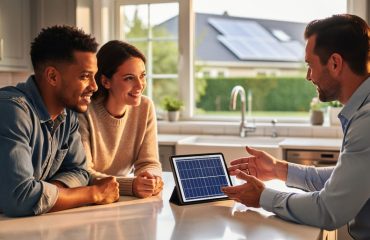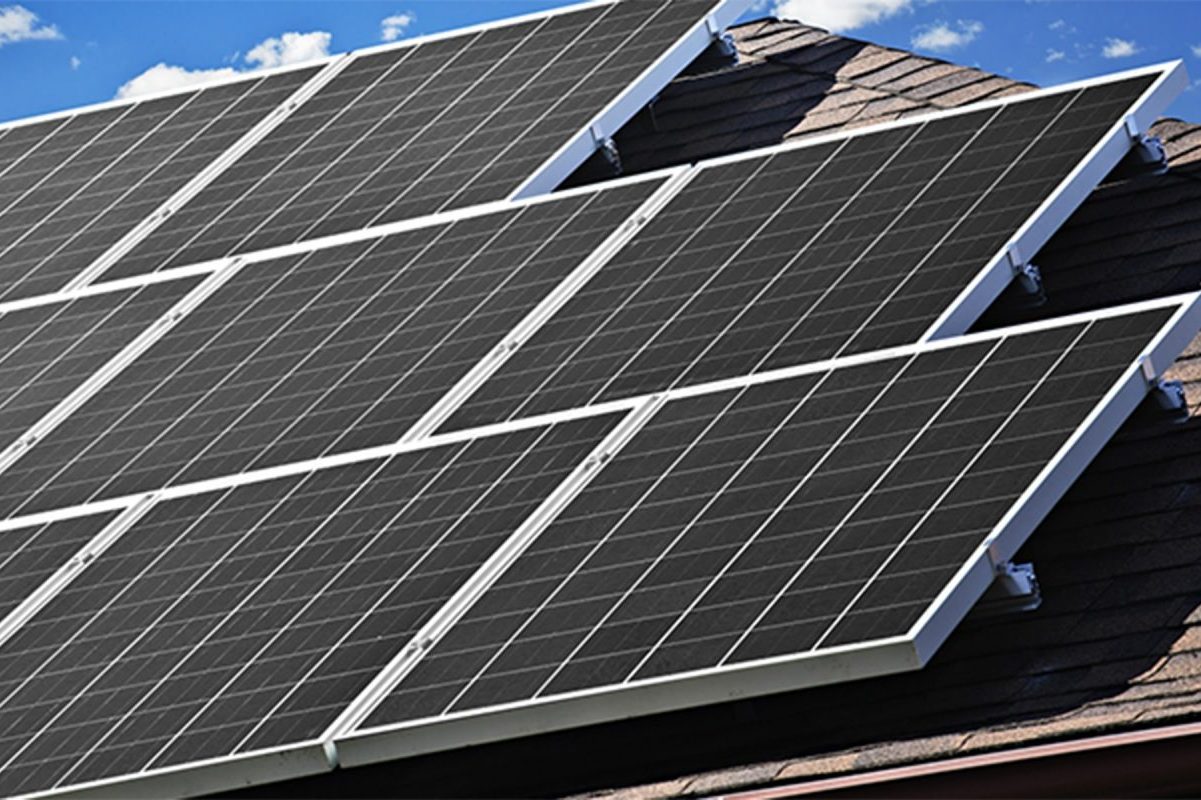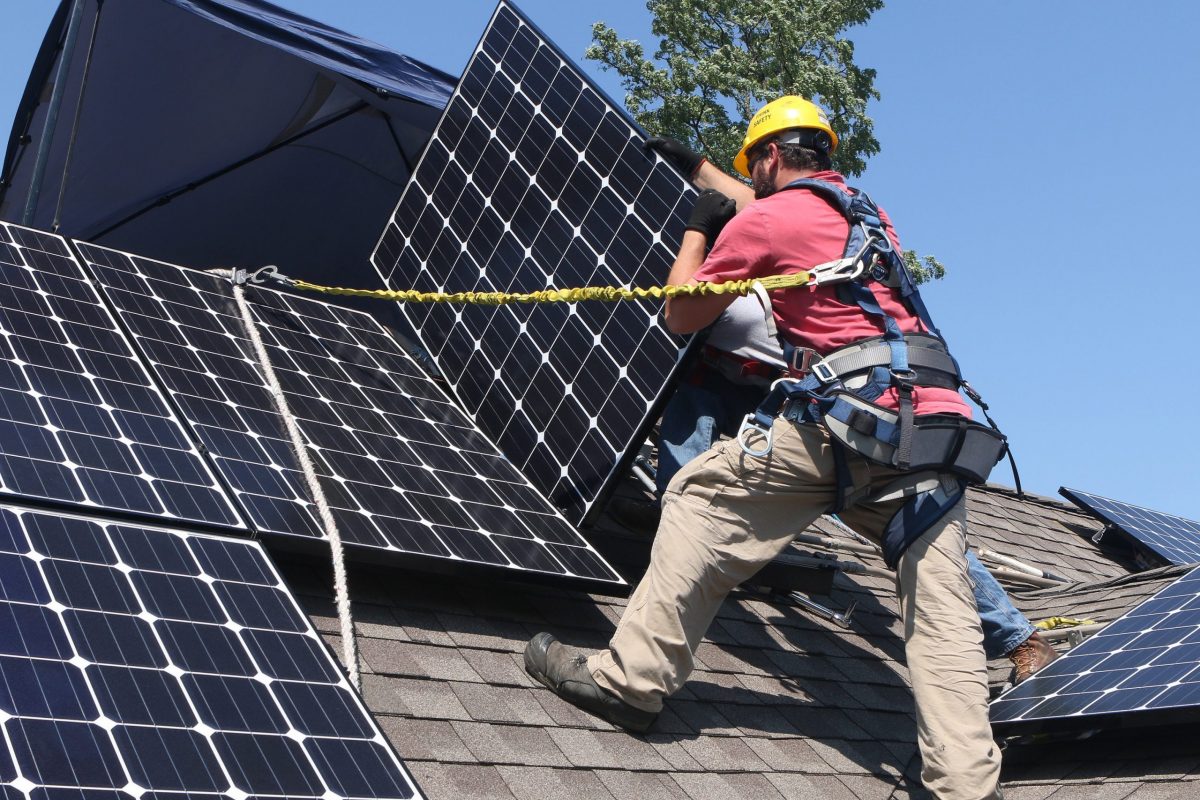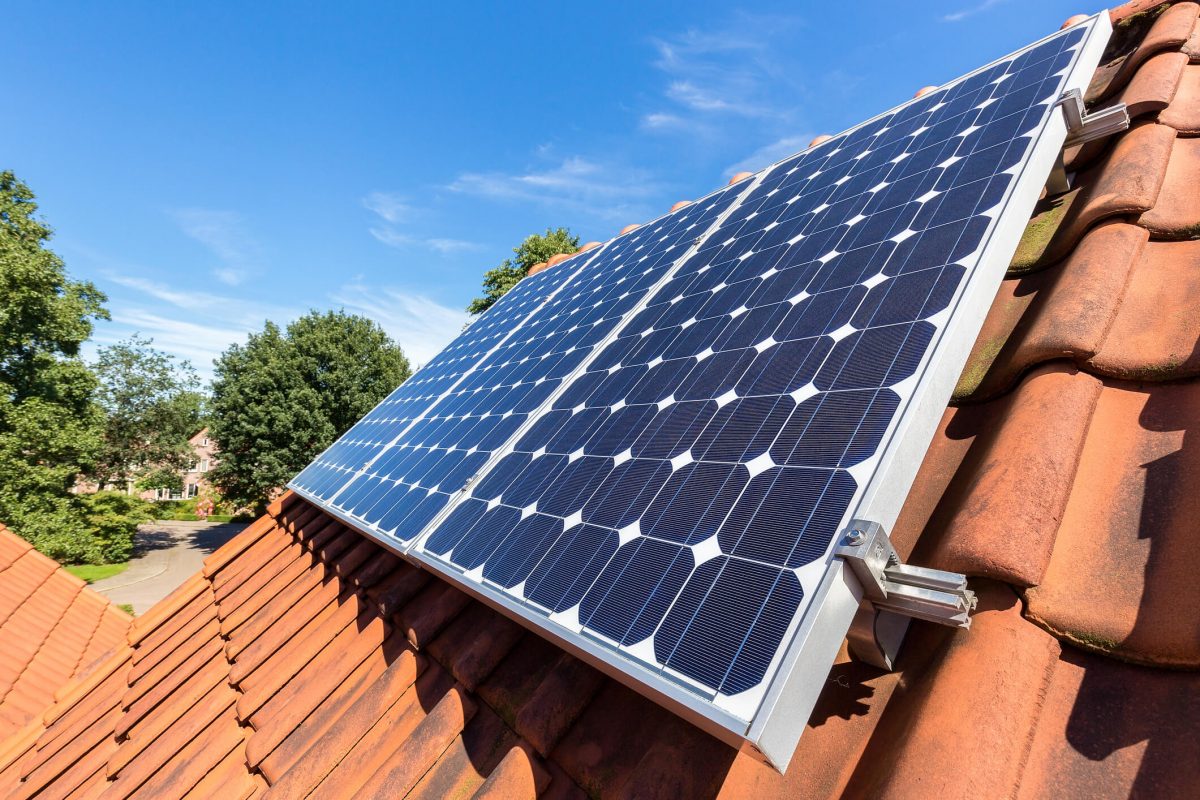Building a thriving social network around solar energy starts with connecting to local sustainability groups and organizing neighborhood solar meetups. Join forces with fellow solar enthusiasts through community platforms like Nextdoor and Facebook Groups, where shared experiences and knowledge create powerful foundations for collective action. Host educational workshops in your home to demonstrate your solar setup, discuss real energy savings, and inspire others to embrace renewable energy solutions.
Transform casual connections into meaningful partnerships by organizing bulk purchasing programs, which leverage group buying power to secure better deals on solar installations. Create a digital hub—whether through a simple newsletter or community website—to share success stories, maintenance tips, and upcoming renewable energy initiatives. This virtual presence helps sustain momentum and attracts more environmentally conscious neighbors to your growing network.
Remember: strong solar networks do more than reduce individual carbon footprints—they build resilient communities, accelerate clean energy adoption, and create lasting change through shared knowledge and collective action.
Why Solar Communities Matter
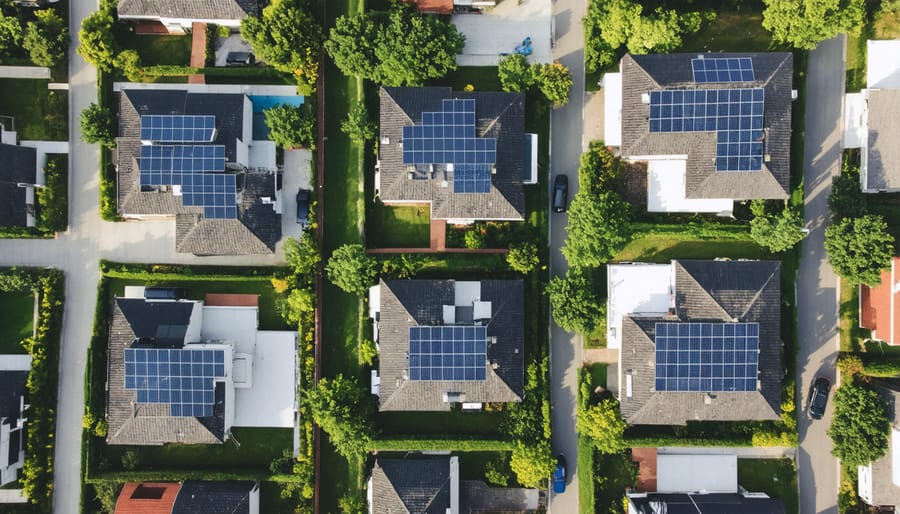
Shared Knowledge, Better Results
When solar homeowners come together to share their experiences, everyone benefits from collective wisdom. Through community networks, members can exchange valuable insights about installation tips, maintenance best practices, and personalized solar solutions that work for different home types. This shared knowledge helps newcomers avoid common pitfalls and enables experienced users to optimize their systems further.
Network members often share real-world performance data, helping others make informed decisions about panel placement, system sizing, and equipment selection. By learning from neighbors’ experiences with local weather patterns and seasonal variations, homeowners can better anticipate their system’s behavior and maximize energy production.
The community also serves as a valuable resource for troubleshooting issues, finding reliable installers, and staying updated on the latest solar technologies and incentives. This collaborative approach not only saves time and money but also builds a stronger, more resilient solar community.
Group Buying Power
One of the most powerful advantages of building a solar network is the collective purchasing power it creates. When neighbors band together, they can negotiate better prices for solar equipment, installation services, and maintenance contracts. Bulk purchasing often leads to discounts of 15-30% compared to individual installations, making solar energy more affordable for everyone involved.
Group buying power extends beyond initial installation costs. Network members can pool resources to hire qualified maintenance professionals at reduced rates, share costs for system upgrades, and even negotiate better terms with utility companies for grid connections. Some networks have successfully arranged community-wide warranties and service agreements, providing enhanced protection and peace of mind for all participants.
Additionally, larger groups often attract more competitive bids from solar installers and have stronger bargaining positions when dealing with suppliers. This collective approach not only reduces costs but also helps ensure higher quality service and materials for the entire community.
Building Your Solar Network
Finding Local Solar Homeowners
Connecting with local solar homeowners is easier than ever, thanks to various online and offline resources. Start by checking popular social media platforms like Facebook and Nextdoor, where you can find local sustainability groups and solar energy discussions. Many of these groups host regular meetups and share valuable experiences about solar installation and maintenance.
Local environmental organizations often maintain directories of solar homeowners who are willing to share their experiences. Reach out to these organizations to join their mailing lists or attend their events. Similarly, your city’s sustainability office may organize green home tours or maintain contact lists of solar advocates in your area.
Solar installation companies can also be excellent resources for connecting with their previous customers. Many happy solar owners are eager to share their experiences and tips with newcomers. Don’t hesitate to ask installers if they can put you in touch with local references.
Online solar mapping tools can help you identify homes with solar installations in your neighborhood. This visual approach makes it easy to spot potential connections right in your community. Consider leaving friendly notes for neighbors with solar panels, expressing your interest in learning from their experience.
Community solar initiatives and local energy cooperatives often host educational events where you can meet other solar enthusiasts. These gatherings provide excellent opportunities to build relationships with experienced solar homeowners while learning about the latest trends and technologies in residential solar power.
Online Solar Communities
Connecting with fellow solar enthusiasts has never been easier, thanks to the growing number of online platforms and communities dedicated to sustainable living. Social media platforms like Facebook and LinkedIn host numerous solar-focused groups where homeowners share experiences, tips, and success stories about their solar installations.
Popular forums like Reddit’s r/solar and Clean Energy Forums provide spaces for detailed discussions about installation challenges, maintenance advice, and policy updates. These platforms allow you to learn from others’ experiences while contributing your own insights to the community.
Many solar users are leveraging digital solar management tools to track and share their system’s performance, creating friendly competitions and benchmarks within their communities. Apps like Solar Edge and Enphase allow users to compare energy production and savings with neighbors, fostering a spirit of friendly competition and mutual support.
Local solar co-ops and neighborhood groups often maintain online presence through platforms like Nextdoor or dedicated websites. These digital spaces help coordinate bulk purchases, share maintenance resources, and organize community events. Many utility companies also offer online portals where solar users can connect and participate in virtual workshops or webinars about maximizing their solar investment.
By joining these online communities, you’ll gain access to valuable peer support, stay updated on industry trends, and become part of a growing movement toward sustainable energy.
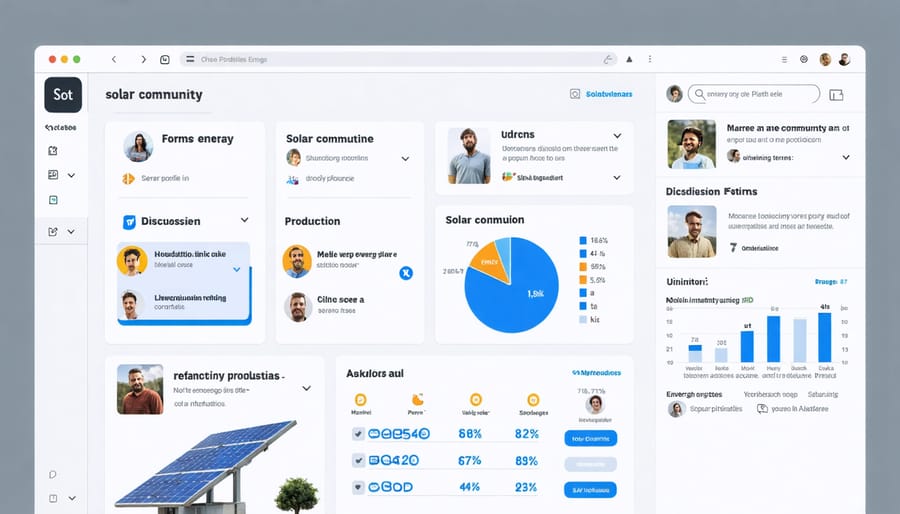
Making Your Network Thrive
Regular Meetups and Events
Regular meetups and events form the backbone of a thriving solar community network. Consider organizing monthly solar coffee mornings where members can share their experiences, discuss maintenance tips, and explore new solar technologies in a casual setting. These gatherings create opportunities for newcomers to learn from experienced solar users while building lasting connections.
Knowledge-sharing sessions are particularly valuable for the community. Schedule quarterly workshops focusing on specific topics like solar panel maintenance, energy monitoring, or battery storage solutions. Invite local solar experts or experienced community members to lead these sessions, making technical information accessible and practical for everyone.
Don’t limit yourself to indoor meetings – organize solar home tours where members can see different installations firsthand and learn about various system configurations. These tours provide real-world insights and inspire others to optimize their solar setups.
Consider establishing an annual solar festival or fair that brings together the wider community. Include educational booths, vendor demonstrations, and family-friendly activities that make sustainable living engaging and fun. These larger events help attract new members while strengthening existing relationships within the network.
Use online platforms to coordinate these gatherings and maintain momentum between in-person events. Create a shared calendar of activities and encourage members to suggest and organize their own meetups. Remember, consistent interaction helps build a stronger, more resilient solar community that benefits everyone involved.

Sharing Success Stories
Success stories from solar communities inspire and motivate others to join the movement toward sustainable energy. By sharing real experiences and achievements, homeowners can learn valuable lessons and gain confidence in their own solar journey. Through community feedback and experiences, we’ve seen numerous examples of neighborhoods working together to achieve remarkable results.
Take the Cedar Grove community in Arizona, where 25 households collaborated to negotiate bulk installation rates, reducing costs by 30% for each participant. Their story demonstrates how collective action can make solar more accessible and affordable for everyone involved.
In Massachusetts, the Green Valley Network started with just three households sharing solar knowledge and has grown into a 200-member strong community that hosts monthly workshops and mentoring sessions. They’ve helped dozens of families transition to solar power while creating a supportive environment for newcomers.
These success stories highlight common themes: the power of shared knowledge, the benefits of collective purchasing, and the importance of mutual support. By documenting and sharing these experiences, communities create valuable resources for others to learn from and build upon. Whether it’s through social media, local meetings, or community newsletters, these stories serve as powerful testimonials that inspire action and build confidence in solar adoption.
Remember, every successful solar installation adds another chapter to this growing narrative of community-powered sustainable energy.
Building a solar network isn’t just about generating clean energy – it’s about creating lasting connections within your community while securing a more sustainable future. By joining forces with neighbors and like-minded individuals, you can maximize the benefits of solar power through shared resources, reduced costs, and increased energy independence. The collective purchasing power of solar networks often leads to better deals on equipment and installation, while shared maintenance responsibilities make system upkeep more manageable.
These networks also create resilient communities that can better weather power outages and adapt to changing energy needs. Beyond the practical advantages, solar networks foster valuable relationships and environmental awareness that benefit entire neighborhoods. They serve as inspiring examples for others considering the switch to renewable energy.
Take the first step today by reaching out to local solar enthusiasts, joining community solar groups, or organizing an information session in your neighborhood. The transition to clean energy becomes easier and more rewarding when we work together. Your participation in a solar network not only benefits your household but contributes to a broader movement toward sustainable living.

